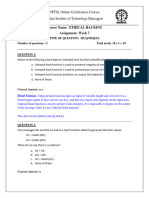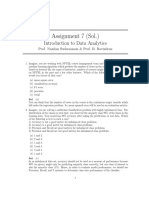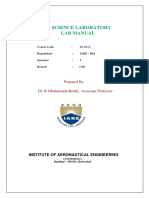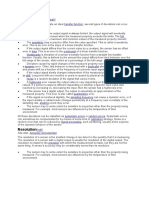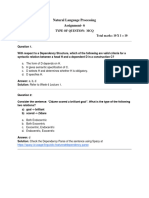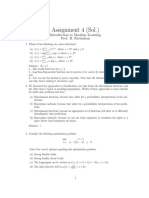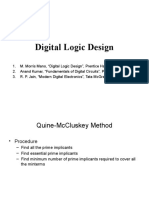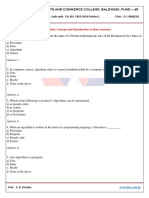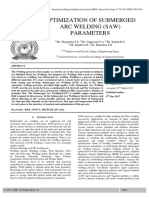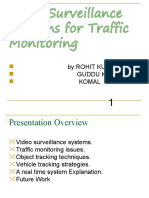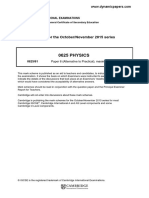0% found this document useful (0 votes)
256 views16 pagesIAT-1 Workbook P3-Python
The document contains Python programs and examples for solving various problems. It includes programs to:
1. Find the average of two test scores.
2. Check if a number is a palindrome and count the occurrences of each digit.
3. Form an integer with the number of digits in the input number at the tens place and the last digit of the input number at the ones place.
4. Print all prime numbers in a given range.
5. Find words in a sentence longer than a given length.
6. Find duplicate characters in a string.
7. Convert between binary, decimal, and hexadecimal numbers.
8. Analyze a sentence to count words,
Uploaded by
Sagar AbhiCopyright
© © All Rights Reserved
We take content rights seriously. If you suspect this is your content, claim it here.
Available Formats
Download as PDF, TXT or read online on Scribd
0% found this document useful (0 votes)
256 views16 pagesIAT-1 Workbook P3-Python
The document contains Python programs and examples for solving various problems. It includes programs to:
1. Find the average of two test scores.
2. Check if a number is a palindrome and count the occurrences of each digit.
3. Form an integer with the number of digits in the input number at the tens place and the last digit of the input number at the ones place.
4. Print all prime numbers in a given range.
5. Find words in a sentence longer than a given length.
6. Find duplicate characters in a string.
7. Convert between binary, decimal, and hexadecimal numbers.
8. Analyze a sentence to count words,
Uploaded by
Sagar AbhiCopyright
© © All Rights Reserved
We take content rights seriously. If you suspect this is your content, claim it here.
Available Formats
Download as PDF, TXT or read online on Scribd
/ 16




